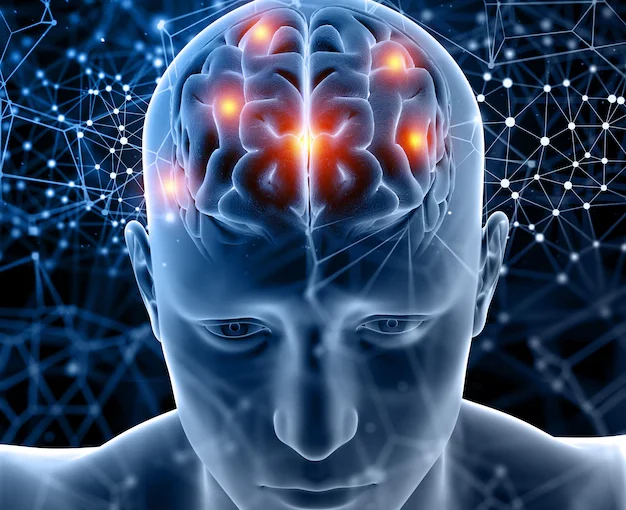Deb Dana and Deb Grant develop a model to illustrate the connection between emotion, thoughts (Psychology) and the effect of the autonomeous nervus system (Biology). (source: The Polyvagal PlayLab: Helping Therapists Bring Polyvagal Theory to Their Clients)
Deb Dana and Deb Grant This “ladder-model“ is build on Stephen Porges “Polyvagal Theory”. The three aspects emotion, thoughts and autonomeous nerveoussystem influence each other and are dependent from each other. By understanding these dependencies, actions can be derived that calm the autonomic nervous system and enable us to develop more lighter and uplifting thoughts and emotions.
The “ladder mapping” divided our modes into three phases:
Darkness:
- Feelings that prevail for example: blurred, hopeless, loss of focus, numb, cold, hopeless, closed, helpless
- Thoughts are for example: I am… invisible, lonely, lost, unlovable and the world around me is… cold, hostile, dark
- From the autonomic nervous system the dorsal-vagal nervous system is active. Which leads to immobilization and freezing / stagnation. Through this the person can collapse.
Chaos
- Feelings predominate for example: it is out of control, overwhelming, confusing, full of anger, confronting and the desire to run away
- Thoughts that arise are for example: I am… different, crazy, unacceptable
- The autonomic nervous system is the sympathetic nervous system. This has a mobilizing effect, creating a readiness to fight and curse
Balance
- Feelings that prevail are for example: connected, warm-hearted, open, curious, committed, passionate, relaxed
- Thoughts are: I am … okay and the world around me is full of possibilities and enriching
- The active autonomeous nerves system is the ventral vagal part / smart vagus, which enables security and social interaction.
These three phases have parallels to the griefing / change phase according to Kübler Ross (source: change curve), There are five phases described:
- Shock and denial, which is paralell to the „darkness-ladder“
- Anger is equal to the „chaos-ladder“
- Bargaining is between „Chaos-“ and „Balance-ladder“
- Depression: Is going back to „Darkness-ladder“
- Acceptance: at the end is the „Balanced ladder“
Tip to overcome better the „darkness-“ and „chaos ladder“:
The SMART vagus is activated in empathic conversations, which is why psychotherapy and coaching are very powerful. Whereby personal contact with people, in reallity and not virtually, is important for the unconciousness to „co-regulate“ and create the neurozeption. Neuroception activated the SMART vagus and stop the dorsal vagus and sympathikus. This happens only optimal when conversational partner meat real (not virtual) conversation, as this was learnd from the unconciousness through evolutrion. This happens through the autonomic nervous system (unconciousness), which scans constantly the environments and registers external stimuli. A positive facial expression, a friendly smile, people who take their time and do nothing but listen, a calm and relaxed voice are necessary to bring the autonomic nervous system out of immobilization or fight or flight. Singing and deep breathing is also supportive, as it has a calming down effect.
If you find yourself on the ladder of darkness or chaos, then seek a personal conversation with a person who is sympathetic to you and accepts and respects you as an individual, this will calm your autonomic nervous system.
